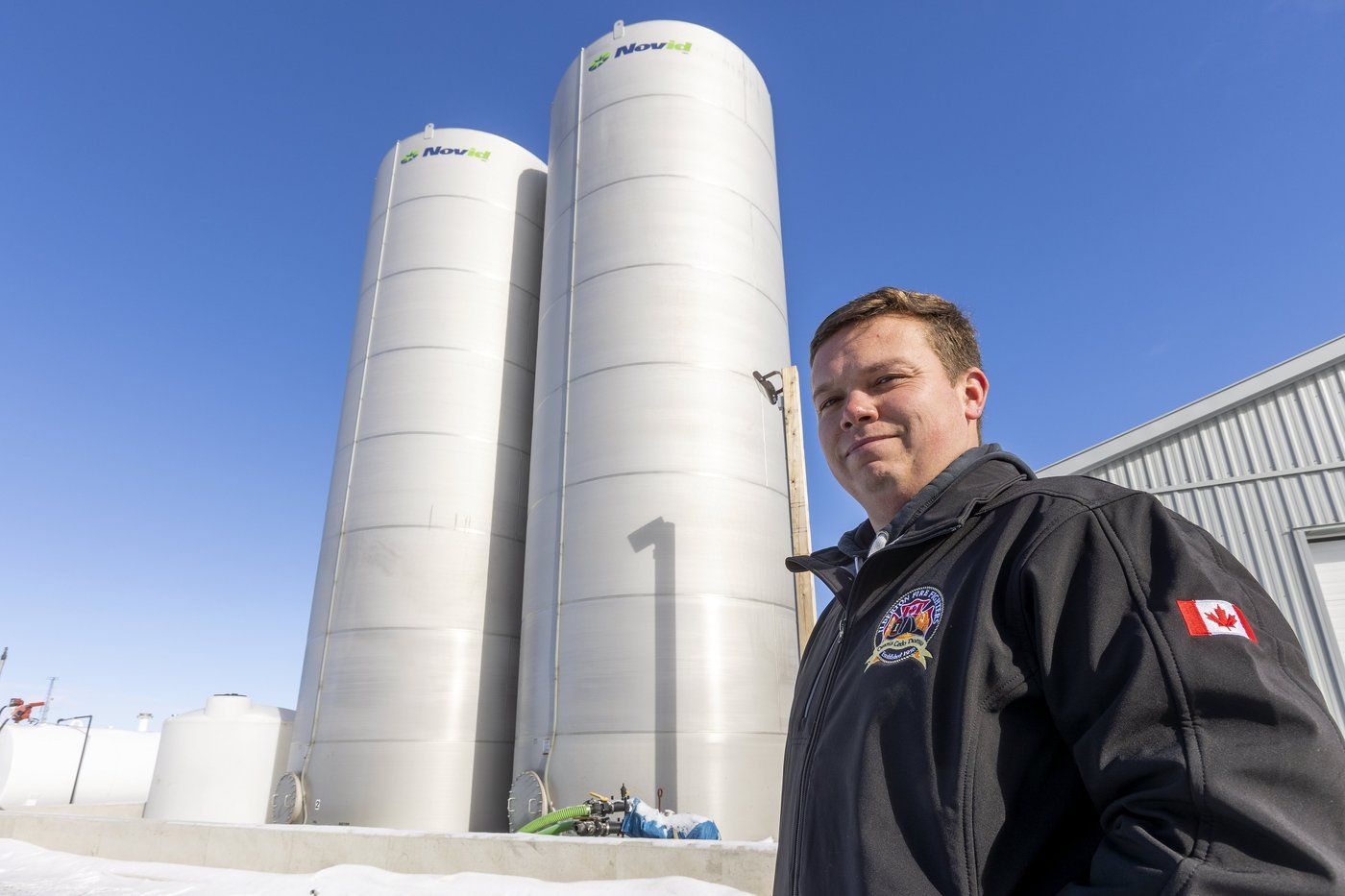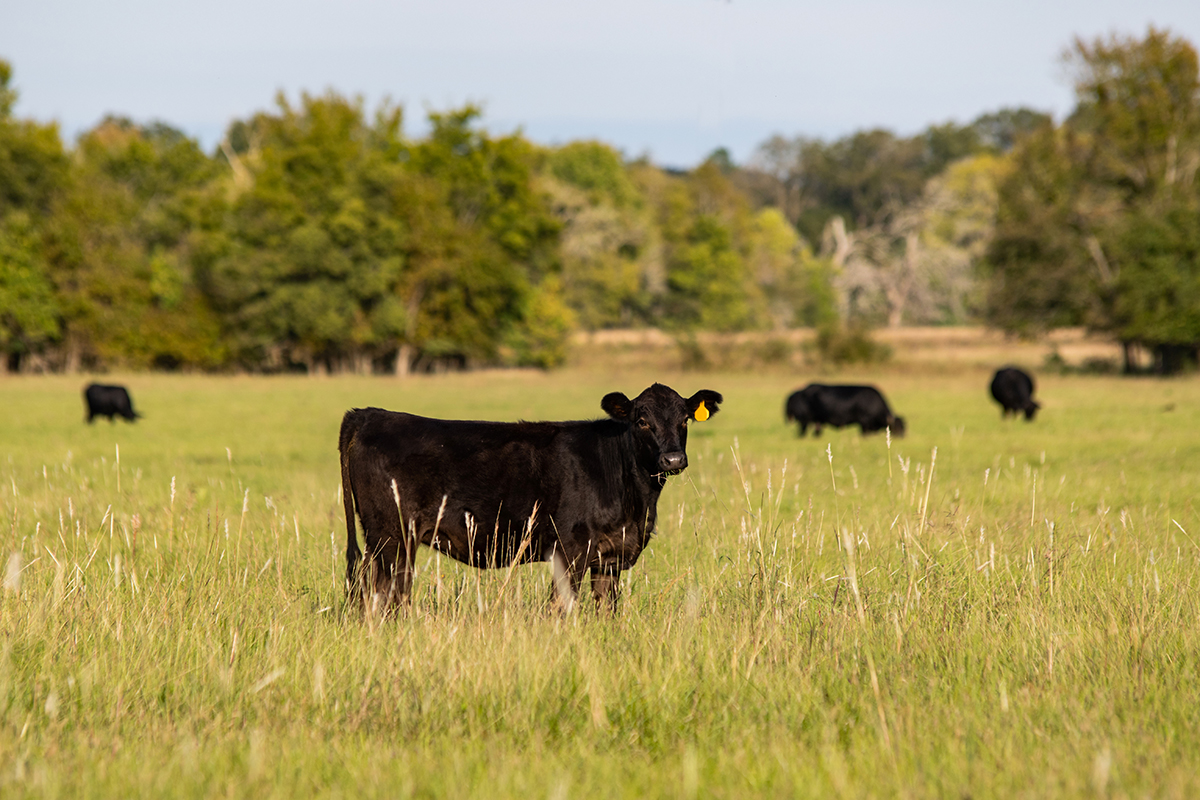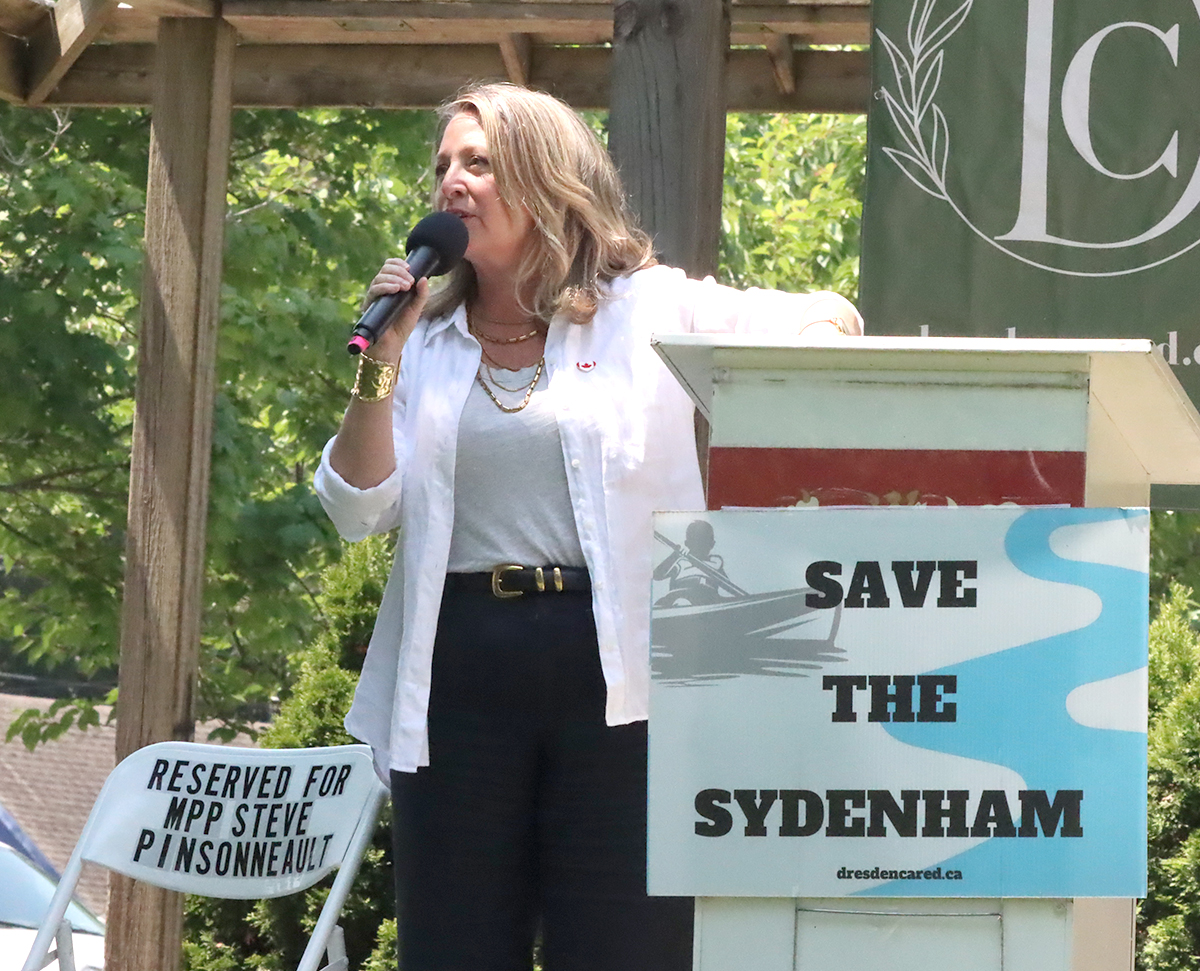Petrolia native hopes to win UFC contract

Skyrocketing fertilizer prices worry farmers as they plan for spring
January 21, 2022
Calvi Leon/Local Journalism Initiative
As Southwestern Ontario farmers gear up for this year’s growing season, many already are facing their first challenge: soaring fertilizer prices and low supply.
Multiple factors, from global supply chain issues to weather, high demand and rising natural gas prices, have driven fertilizer costs to record highs in recent months, prompting concern for many area growers.
“Fertilizer prices have gone up dramatically in the last number of months,” doubling and even tripling in some cases, said Crosby Devitt, chief executive of Grain Farmers of Ontario, an organization representing 28,000 Ontario grain growers.
“The fact that it’s gone up certainly is causing some concern for farmers as they’re planning and lining up their supplies for this coming spring, which isn’t that far away,” he said.
Farmers will begin planting corn and soybean in the spring. Three main nutrients — nitrogen, phosphate, and potash — are critical to producing a healthy crop and boosting yields.
Terry Byrne, who farms 650 hectares (1,600 acres) in Essex County with his two brothers, pre-ordered two types of fertilizer he requires for his corn crop last fall.
“(We ordered) in November, but we’re not guaranteed the supply on the other end,” Byrne said.
“Like, what are we going to do, come planting season and they say, ‘Well, we don’t have the dry fertilizer?’”
Starter dry fertilizer — composed primarily of nitrogen, phosphate and potash — cost Byrne $117 an acre for the 2022 growing season, nearly double the $64 an acre he paid last year.
At $221 an acre for anhydrous ammonia fertilizer, Byrne faces a more than 250 per cent increase for this year’s crop. That’s up from the previous $63-an-acre price last year.
It’s a similar story for other area farmers, like Kevin Robson, whose family-run farm near Ilderton saw fertilizer prices increase nearly 150 per cent between 2020 and last year.
“It’s the highest I’ve ever seen,” Robson said.
Fertilizers cost their farm $340 an acre in 2021, compared to the $140 the year prior.
They also use manure, which Robson said is their “best choice, but we don’t have enough animals to make up for the grain that we grow.”
Pandemic-caused issues that include supply constraints, strong demand and rising energy prices have helped push costs to record highs, said Philip Shaw, a farmer and agricultural economist.
Prices for nitrogen, derived from a process that uses natural gas, are 100 per cent higher, while phosphorus and potash also have increased during the last year, he said.
“Large companies that control most of the interest in some of these minerals and some of these fertilizers, (are) simply extracting what the market would bear,” he said.
The world’s largest producer of potash, Canada exports fertilizer to more than 75 countries, according to Fertilizer Canada.
“Canada’s a major player in the world’s fertilizer marketplace,” said Clyde Graham, executive vice-president of Fertilizer Canada. “But the Canadian fertilizer industry and farmers import fertilizer from the United States, from Russia, the Middle East, North Africa and other places,” he said.
Like Shaw, Graham says supply and demand is behind high prices.
“At the same time that we have farmers trying to take advantage of grain and oilseed prices by maximizing their production … our industry has disruptions in supply,” he said.
“One of our major nitrogen plants in Western Canada has had production problems last fall, and weather-related events have affected phosphate production in the New Orleans area,” a major fertilizer trading hub. Natural gas problems in Europe and halts in the fertilizer production by major exporters like China and Russia have compounded the issue, Graham said.
Though a global problem, its impact on farms has been felt locally.
“Right now, everything is up in the air,” said Don Ciparis, a corn and soybean grower in Rodney, between London and Chatham. “There is no stability with no guarantee of supply. Some producers have prepaid, but there could be issues with availability.”
Ciparis also is the president of the National Farmers Union-Ontario, a lobby group that is calling for immediate action from the federal government to investigate “all of the factors that contribute to fertilizer pricing in Canada.”
Fertilizer costs at his farm climbed 144 to 220 per cent between April and December last year, he said.
For Grain Farmers of Ontario, discussions about how to help farmers are top of mind, Devitt said. Managing risks on farms and boosting financial support for programs to achieve that are priorities he hopes to raise in future meetings with government officials, he said.
“We see a real value in the government taking a really good look at those risk-management programs and saying, ‘How can we improve those to give some of that stability to recover, so (growers) will invest in their farm … and not be permanently injured by one year of a real problem like this?’”
Meantime, there’s no clear line of sight to the end of supply chain issues or high prices.
“Come spring, nobody knows what the price will do. It might actually drop,” Shaw said. “It seems unlikely at this time, but I’ve seen it before.”
Source: London Free Press

NEXT
Crates of pot headed to US seized at Bluewater Bridge
PREVIOUS
Corunna man pleads guilty after being caught inside his ex-girlfriend’s home

Petrolia native hopes to win UFC contract
July 4, 2025
Read More

Cattlemen, conservation authority reach agreement for pasture
July 4, 2025
Read More

Sarnia senior dies in 402 crash
July 4, 2025
Read More

Dresden “the canary in the coal mine” says Stiles
July 4, 2025
Read More
